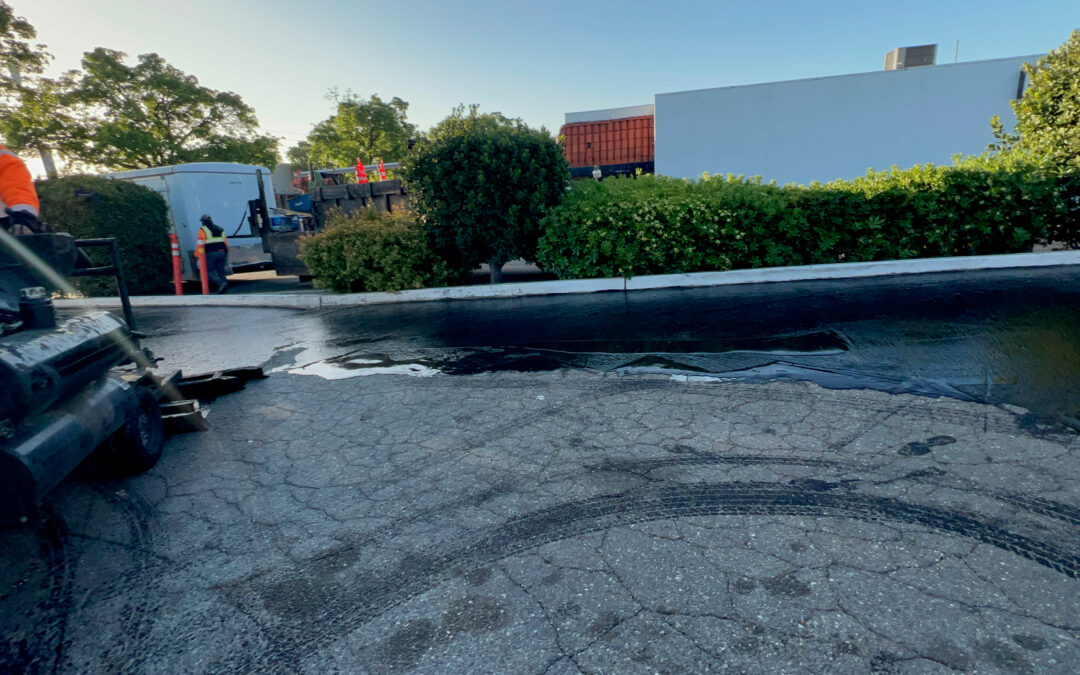When it comes to installing asphalt paving in Sacramento, California, one of the most common questions homeowners and builders have is whether to use sand or gravel as a base. Both materials play crucial roles in ensuring a durable, stable, and aesthetically pleasing paved surface. This article explores the importance of using sand and gravel under asphalt paving, the benefits of each material, and best practices for their application in the Sacramento area.
The Importance of a Proper Base
Stability and Durability
A proper base is essential for the stability and durability of asphalt installations. The base provides a solid foundation that prevents the asphalt from shifting, sinking, or becoming uneven over time. In Sacramento, where the ground can experience significant movement due to seismic activity and varying soil conditions, a well-prepared base is crucial for maintaining the integrity of paved surfaces.
Drainage
Effective drainage is another critical factor that a proper base addresses. Sacramento’s climate, characterized by hot, dry summers and wet winters, requires a base that can manage water efficiently. Without adequate drainage, water can accumulate under the asphalt, leading to erosion, instability, and potential damage to the paved area.
Using Sand Under Asphalt Paving
Benefits of Sand
- Leveling: Sand provides a smooth, even surface for laying asphalt. Its fine particles allow for precise leveling, ensuring that the asphalt sits evenly.
- Flexibility: Sand can shift slightly, accommodating minor ground movements and helping to prevent cracks or displacement in the asphalt. This flexibility is particularly beneficial in Sacramento, where soil movement can occur due to seismic activity.
- Drainage: Sand promotes proper drainage by allowing water to percolate through and into the ground below. This helps to prevent water pooling and reduces the risk of erosion.
Installation Tips for Sacramento
- Depth: A layer of coarse sand, typically 1-2 inches deep, is recommended. This depth provides sufficient support while allowing for minor adjustments during the asphalt laying process.
- Compaction: Ensure the sand is well-compacted using a plate compactor. Proper compaction prevents future settling and maintains the stability of the asphalt.
- Edge Restraints: Use edge restraints to keep the sand and asphalt in place. This is especially important in Sacramento to counteract potential ground movement.
Using Gravel Under Asphalt Paving
Benefits of Gravel
- Support: Gravel provides a robust and stable foundation that can bear heavy loads, making it ideal for driveways and areas with high foot traffic.
- Drainage: Gravel’s larger particles create gaps that facilitate excellent drainage, preventing water from accumulating and causing erosion or instability.
- Longevity: A gravel base extends the lifespan of a paved surface by enhancing its overall stability and reducing the likelihood of shifting or sinking.
Installation Tips for Sacramento
- Layering: Start with a layer of coarse gravel, approximately 4-6 inches deep. This base layer provides the primary structural support for the asphalt.
- Compaction: Compact the gravel thoroughly using a plate compactor to create a solid, stable base. Proper compaction is essential to prevent future settling and maintain the integrity of the paved surface.
- Geotextile Fabric: Consider using a geotextile fabric between the soil and gravel layers. This fabric helps prevent soil from mixing with the gravel, maintaining drainage efficiency and stability.
Combining Sand and Gravel
For optimal results, especially in Sacramento, a combination of sand and gravel can be used. This approach leverages the strengths of both materials to create a durable and stable base.
- Gravel Base: Start with a 4-6 inch layer of compacted gravel. This layer provides the primary support and excellent drainage capabilities.
- Sand Layer: Add a 1-2 inch layer of coarse sand on top of the compacted gravel. This layer allows for precise leveling and minor adjustments during asphalt paving.
Best Practices for Asphalt Paving Installation in Sacramento
- Site Preparation: Excavate the area to the required depth, considering the combined thickness of the gravel and sand layers as well as the asphalt. Ensure the site is free of debris and vegetation.
- Slope: Ensure the base has a slight slope (about 1 inch per 4 feet) to facilitate drainage away from buildings and other structures. Proper drainage is crucial in Sacramento to prevent water damage and erosion.
- Edge Restraints: Install edge restraints to prevent the asphalt from shifting over time. Edge restraints are especially important in areas with significant ground movement, such as Sacramento.
- Joint Sand: After laying the asphalt, sweep polymeric sand into the joints. This sand hardens upon wetting, locking the asphalt in place and providing additional stability.
Conclusion
Choosing the right base material for asphalt paving installation is crucial for achieving a durable, stable, and visually appealing paved surface. In Sacramento, California, where ground movement and weather conditions present unique challenges, using a combination of sand and gravel offers the best results. Gravel provides the necessary support and drainage, while sand allows for precise leveling and minor adjustments.

